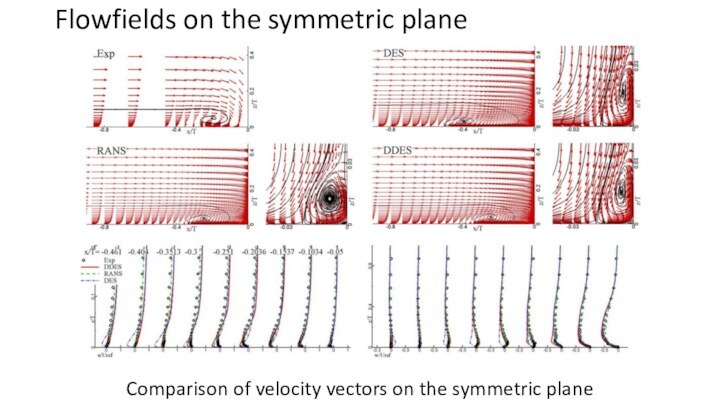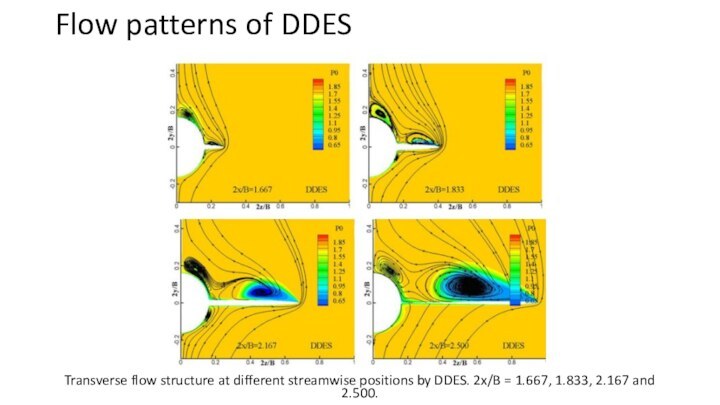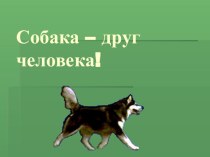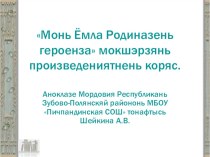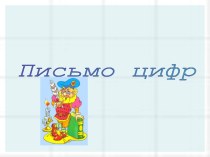an obstruction
At realistic large Reynolds number, the adverse pressure
gradient in the streamwise direction imposed by the wing often causes the upwind boundary layer on the body to separate and form multiple horseshoe vortices around the wingBetter understanding and accurate prediction of the junction flows can effectively help the design of lower drag and high-efficiency flight vehicles








